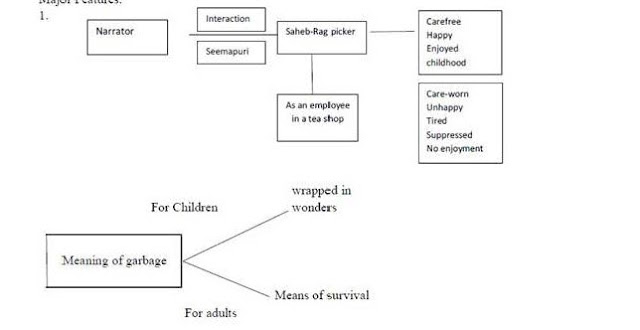The Enemy (Intro)
Would YOU risk your reputation, your safety, and your family’s well-being to help a wounded enemy? It is wartime and a doctor needs to make a life or death decision.
In “The Enemy,” a story set in Japan during World War II, an American-trained Japanese surgeon pulls a wounded American sailor, presumably an escaped POW, from the surf behind his home. At first, he and his wife cannot decide what they should do with him. They are unable to put the man back into the sea although they realize he is an enemy and that for fear of the authorities they should do just that.
Against the advice of his wife, and at great risk to his honor, career, position and life, Dr. Hoki hides the wounded American, operates on him, and saves his life. The surgery is successful, and the couple settle into a period of hope and fear as they await the patient’s recovery. As the days and nights pass, Dr. Hoki finds his traditional attitude transformed by the encounter with the American.
Brief Biography of Pearl S. Buck
Pearl Comfort Sydenstricker Buck Walsh (Pearl S. Buck) was born on June 26, 1892, in Hillsboro, West Virginia, U.S.A. Her parents, Absalom, and Caroline Sydenstricker were Southern Presbyterian missionaries, stationed in China, where she spent most of the first forty years of her life. The Sydenstrickers lived in Chinkiang, in Kiangsu (Jiangsu) province, then a small city lying at the junction of the Yangtze River and the Grand Canal. Pearl's father spent months away from home, itinerating in the Chinese countryside in search of Christian converts. From childhood, Pearl spoke both English and Chinese.
In 1910, Pearl enrolled in Randolph-Macon Women’s College, in Lynchburg, Virginia, from which she graduated in 1914. In 1915, she met a young Cornell graduate, an agricultural economist named John Lossing Buck. They married in 1917 and immediately moved to Nanhsuchou (Nanxuzhou) in rural Anhwei (Anhui) province. In this impoverished community, Pearl Buck gathered the material that she would later use in The Good Earth and other stories of China. From 1920 to 1933, Pearl and Lossing made their home in Nanking (Nanjing), on the campus of Nanking University, where both had teaching positions.
Pearl had begun to publish stories and essays in the 1920s, in magazines such as Nation, The Chinese Recorder, Asia, and Atlantic Monthly. Her first novel, East Wind, West Wind, was published by the John Day Company in 1930. In 1931, John Day published Pearl's second novel, The Good Earth. This became the best-selling book of both 1931 and 1932, won the Pulitzer Prize and the Howells Medal in 1935, and would be adapted as a major MGM film in 1937. In 1938, less than a decade after her first book had appeared, Pearl won the Nobel Prize in literature, the first American woman to do so. By the time of her death in 1973, Pearl would publish over seventy books: novels, collections of stories, biography and autobiography, poetry, drama, children's literature, and translations from Chinese. Pearl Buck died in March 1973, just two months before her eighty-first birthday. She is buried at Green Hills Farm.
P.S.: for more on Pearl S. Buck follow the link http://www.psbi.org/



